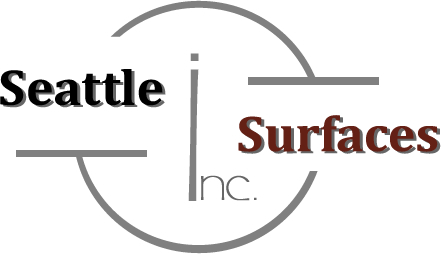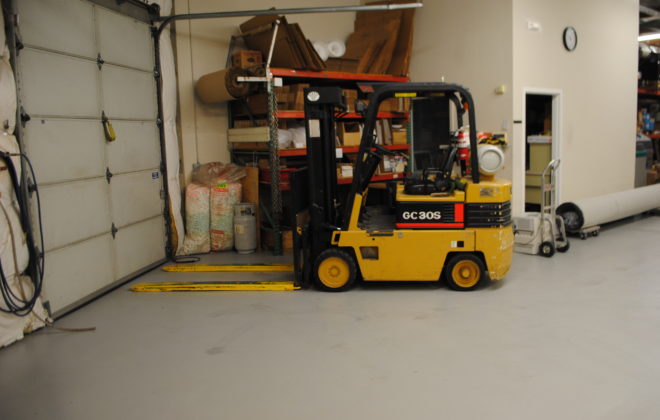Why Concrete Floors Make Sense For Retail Spaces
If you have a retail space and are considering updating your current floors, or if you are completing a build-out of a new retail space, there are many reasons concrete floors are a great choice. You may have noticed the trend of exposed concrete floor surfaces in retail spaces. Traditional types of flooring such as vinyl tiles, carpet, and quarry tile are being removed and the exposed concrete is being used as the finished floor. In new construction, the concrete slab itself is being finished as the new floor. Lets take a look at a few of the main reasons for this.
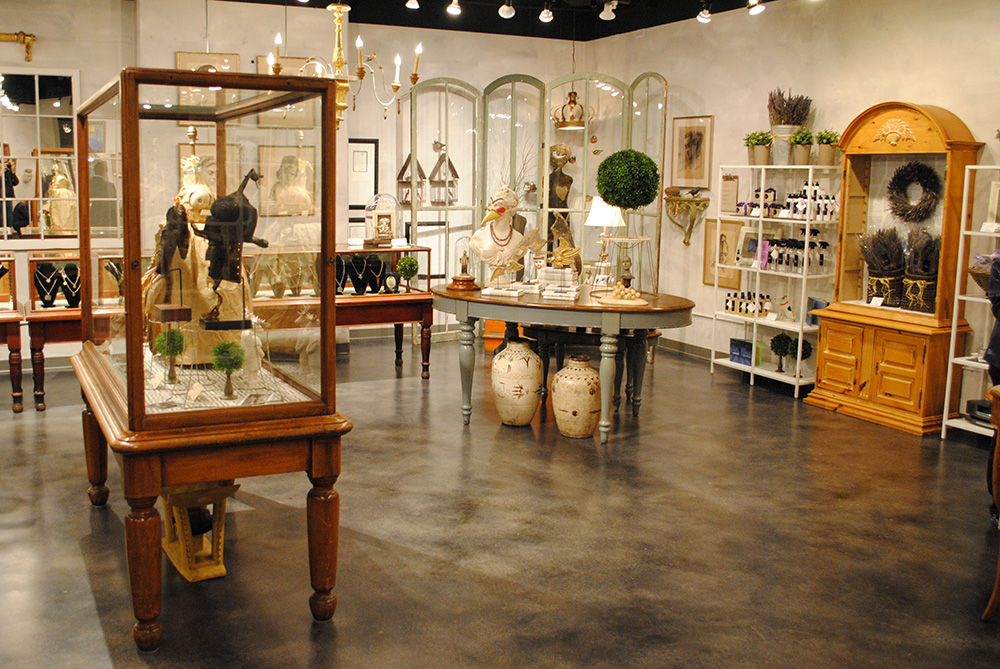
VALUE:
Often finishing the existing concrete slab in a retail space can be cheaper than installing traditional types of flooring. The overall durability of concrete and the fact that it is very low maintenance, mean that even after the install cost, the ongoing costs to keep it looking good can be less expensive as well. Vinyl tiles, which were widely used in grocery stores and retails spaces for years, required waxing to keep them looking good. And even then, they would need to be replaced after a number of years. Carpet is subject to wear in high traffic areas and can be readily stained by spills and dirty feet. Concrete floors can be finished to be resistant to most types of scratching and wear. The solid surface isn’t readily stained and can be easily cleaned. And if properly maintained, concrete floors can last for the lifetime of the space.
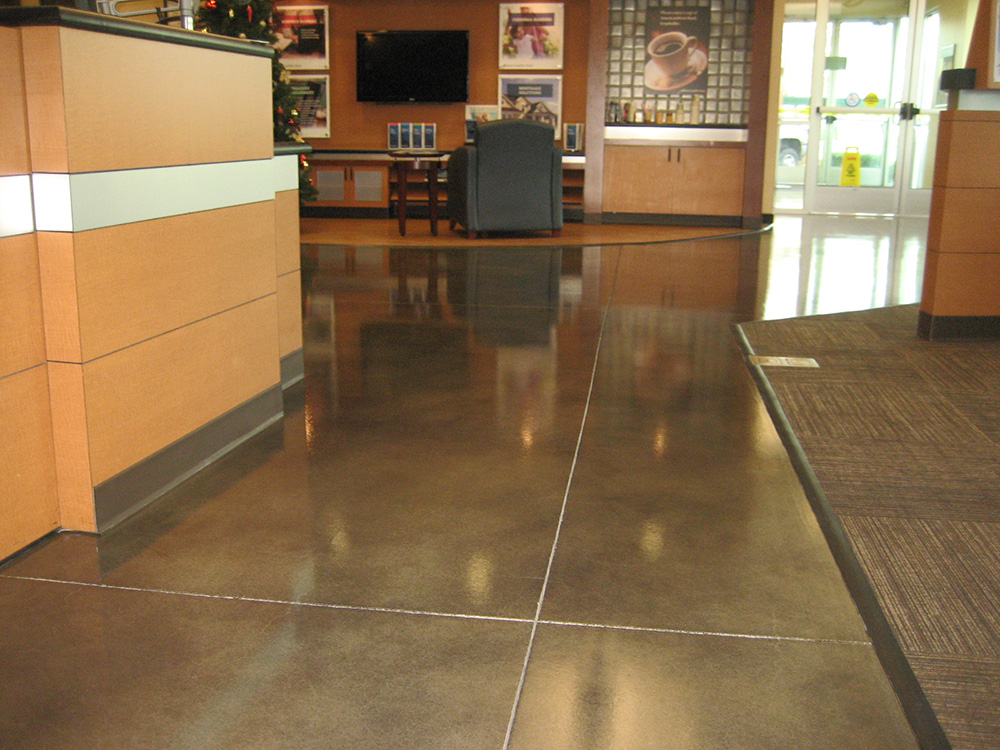
ENVIRONMENTALLY FRIENDLY:
Building green has become a mantra for many and concrete floors are definitely green. A concrete floor, when left exposed, requires little to no additional resources, as it functions as both the foundation slab and the finished floor. The main ingredient in concrete is limestone, the most abundant mineral on earth! Many redi-mix suppliers also utilize waste materials from other industries when making concrete. Fly ash, slag cement and silica fume, from power plants and steel mills are commonly used. Concrete floors require no additional flooring materials that wear out over time and need replacement. In addition to using less materials, concrete floors can increase indoor air quality and contribute to better energy efficiency. The reflective nature of glossy concrete floors have allowed some retails space owners to reduce their lighting cost. Some by as much as 40%!
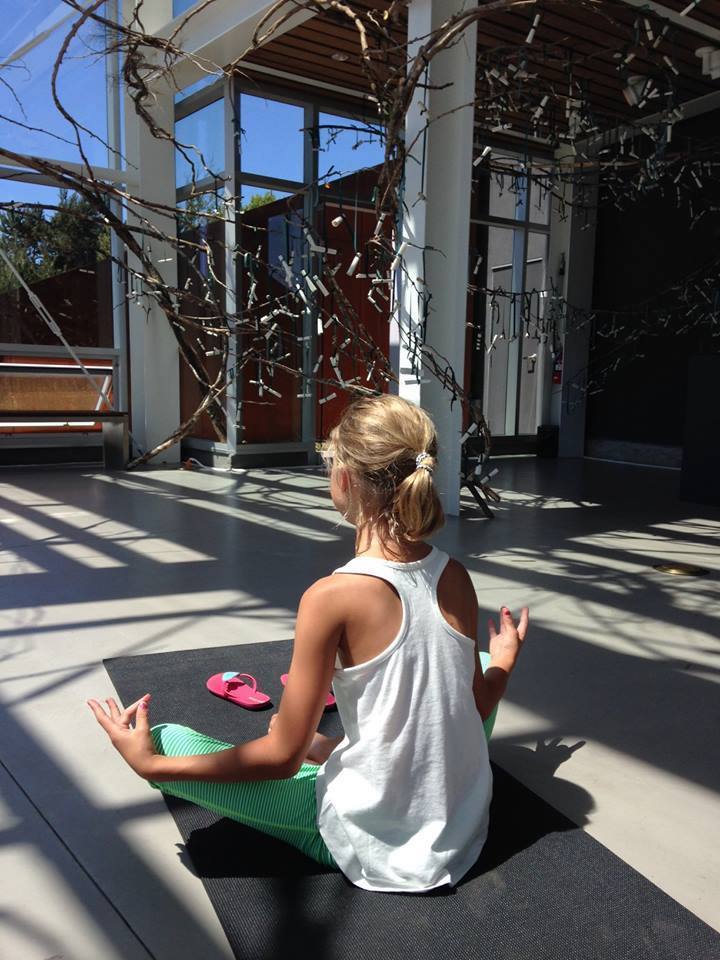
VERSATILE:
When imagining how a retail space will look, flooring might not be the first thing that comes to mind, however, it shouldn’t be overlooked either. Flooring is possibly one of the most significant, and often least considered aspects of design due to the large amount of surface area it occupies. When done right, it dramatically adds to the overall look and feel of the space. Concrete floors can be finished with many different techniques to create a completely unique design look to help your space stand out. For slabs that are in good shape, polishing, staining and sealing are common choices. For concrete that is in less than ideal condition, micro-toppings, skim coats, and polishable self-levelers are often used. Decorative elements can also be used, such as saw cuts, stenciling, and the addition of logos.
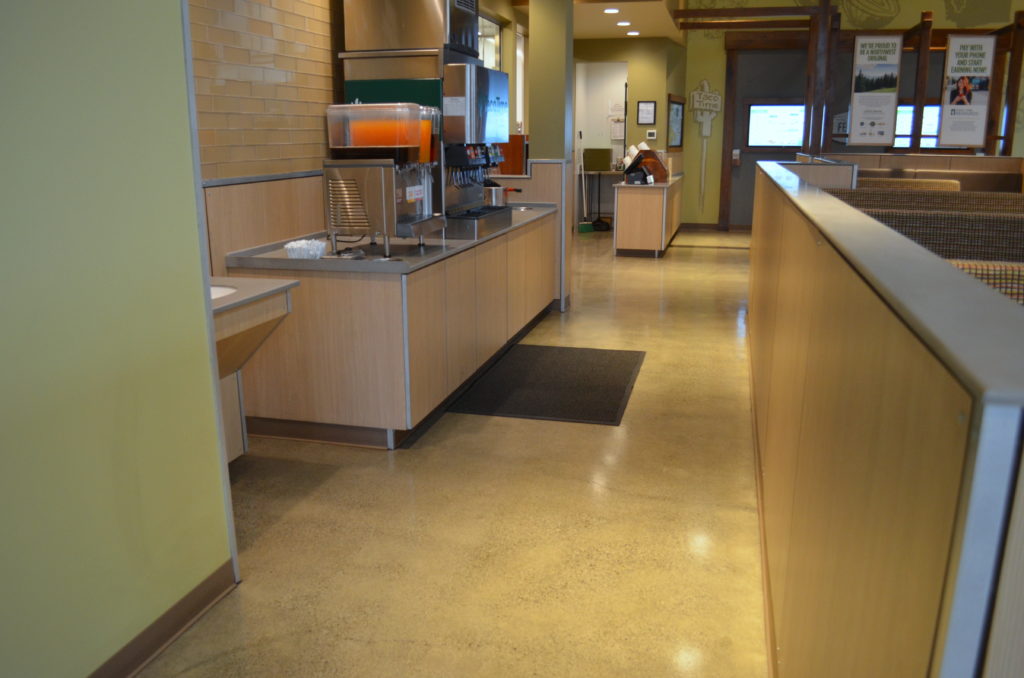
If you need help with your retail or commercial property, we would be happy to discuss options for your concrete floors that will show off your style, and help you build your brand. Give us a call at (425) 586-0706.
Related Posts
Categories
- Acid Etch (2)
- Acid Stains (1)
- Acrylic (1)
- Basement Flooring (5)
- Broomed Overlay (1)
- Commercial Flooring (15)
- Commercial Kitchens (4)
- Concrete Dyes (5)
- Concrete Resurfacing (17)
- Decorative Concrete (16)
- Decorative Concrete Coatings (16)
- Designer Epoxy Flooring (5)
- DIY Epoxy Kits (3)
- Embedded Logos (2)
- Epoxy (15)
- Epoxy Broadcast Floors (1)
- Epoxy Coatings (7)
- Epoxy Flooring (6)
- Epoxy Floors (6)
- Epoxy Mositure Barrier (4)
- Epoxy Paint (4)
- Featured Post (6)
- Flexible Epoxy (1)
- Fluid Applied Floors (3)
- Food Processing (2)
- Garage Floor Coatings (7)
- Hand Troweled Floors (1)
- Hot Tire Pick Up (2)
- Integral Cove Base (1)
- Loading Docks (1)
- Metallic Epoxy (5)
- Metallic Marble Stains (2)
- Micro-toppings (10)
- Moisture Mitigation (2)
- Plywood Sub-Floors (1)
- Polyaspartic (9)
- Polyurethane (7)
- Seamless Floors (13)
- Spray-on Overlay (1)
- Stained Concrete (5)
- Stamped Concrete (4)
- Stencils (3)
- Thermal Shock (1)
- Uncategorized (3)
- Urethane Cement (3)
- Water Damage (1)
- Waterproof Concrete Decking (1)
